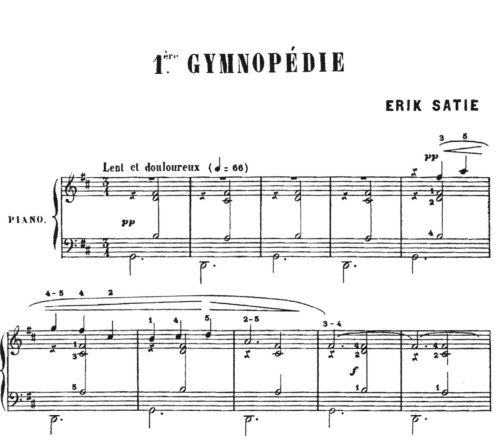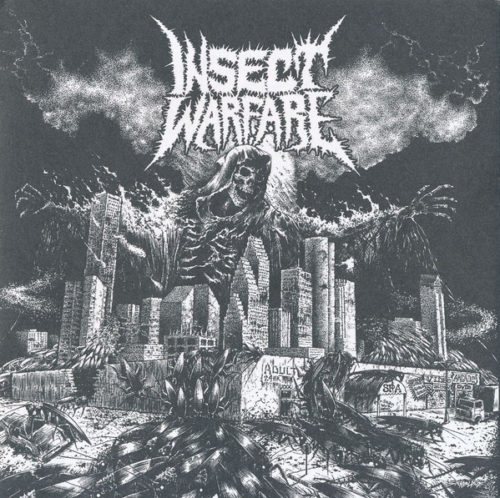Tom G. Wolf is a Sydney-based author who specialises in pulp-style horror and adventure fiction. By day he works as a journalist and copywriter. His work has appeared at We Are the Mutants and Astral Noize. He also maintains a pop culture blog at www.lupinebookclub.blogspot.com. In 2018, he self-published his first horror novella, Lost Tunnels, which can be purchased as an e-book on Amazon.
He lives in Sydney with his wife and cat. You can find him on Twitter @lupinebookclub. Lost Tunnels can be purchased here.
Lost Tunnels: The Playlist, by Tom G. Wolf
When I sat down and started to write Lost Tunnels a couple of years ago, music was very much on my mind. It’s one of the most useful tools I have as a writer, and I rely on it heavily for getting myself in the right frame of mind to write and setting the mood on the page.
Lost Tunnels was specifically intended to be a straightforward horror genre piece; nothing too flashy, just a simple love letter to the genre that drew on my sharehouse days of watching trashy grindhouse films and my childhood years being terrified by Unsolved Mysteries. Swearing, occultism and graphic violence were planned to be the order of the day. Naturally enough, metal was taking up plenty of mental real estate during the plotting and writing process – few genres encapsulate all these things quite so well.
My love of horror slightly predates my love of metal, but I don’t think it’s a coincidence that they both came into full bloom together, during my late teens and early twenties. People often ask me why I like both these things. Truthfully, I don’t think there’s any one specific reason that I gravitated towards metal and horror, and many of you reading likely feel the same way. But I can point to a couple of different factors.
First of all, the sheer entertainment and social value of both can’t be discounted. They both offer over the top spectacle, while providing entry to a club – subculture, even – that many people can’t even fathom belonging too. Neither the wider horror or metal community is perfect, but healthy, lifelong friendships can be found. This is a big draw, particularly if you grew up feeling a bit socially isolated.
Secondly – and perhaps more importantly – is that both horror and metal provide a way for people to explore and deal with horrific or transgressive subjects in a relatively safe environment. This is an approach which certainly has its critics, and to be fair, their criticisms are not always unfounded. Some people create and consume things in bad faith, and you need to set your own boundaries carefully. Langdon Hickman recently wrote a thoughtful piece around transgressive art in death metal, and it’s well worth your time reading.
Unfortunately, many critics often fail to understand that depiction is not necessarily approval, graphic imagery can serve as subtle metaphor, and healing can come from the most unlikely places. While it’s rare that I sit down and watch a confronting movie to specifically cope with a personal issue, I have certainly found it useful at times. I live with quite a bit of anxiety on a day-to-day basis; metal and horror alike are useful means of externalising, processing and gaining a degree of control back over the internal chaos.
If you are using horror or metal to process your own difficult past experiences – as many do – it grants you a means to control the process on your own terms. If things are getting too much, you can turn off the TV, put down the book or shut off the music and return to the real world.


- The drive to Fort Bay
The Damned – Street of Dreams
- Drinking at the apartment
Amebix – The Power Remains
- The first dream
Umberto and Maiovvi – Taxidermy
- A visit from Alice
Lindsey Buckingham – Go Insane
- Uncle Mark’s library
Mozart – Masonic Funeral Music in C Minor, K477
- The second dream/The Professor’s ring
Morte Macabre – Sequenza Ritmica E Tema
7. Dinner at the nicest restaurant in town
Dave Brubeck Quartet – Take Five
8. Late night with the ex-wife
Ulver – Eos
9. Breakfast with Uncle Mark
Erik Satie – Gymnopédie No. 1 (arr. Debussy)
10. Are they in danger?
Flesh for Lulu – Big Love
11. Bleeding out
Insect Warfare – Enslaved by Machinery
12. Chasing the quarry
Blood Incantation – Starspawn
13. Entering the Lost Tunnels
Popol Vuh – Vuh
But what was I actually listening to?
Well, Blood Incantation were probably the band on highest rotation – I saw them live and fell in love with them during the drafting process. Though they wear their influences heavily on their 90s-style longsleeves, their mix of extreme heaviness and high strangeness still places them as a unique voice in the current metal scene. While I wouldn’t say their lyrics are exactly geared around what I was writing, there was definitely some overlap on the paranormal Venn Diagram.
And as you’ll see on the list below, it wasn’t solely metal that went into the creation of Lost Tunnels either. One of my other great loves is ambient music, and so I set about trying to find appropriately eerie material to accompany the writing process. Umberto’s Confrontations album and Popol Vuh played a significant role, as did Tangerine Dream.
Indeed, there are many, many other tracks that I would have liked to included – both metal and otherwise – but ultimately, it came down to space. The songs picked needed to feel right for the character and the scene, and that naturally means some things needed to get cut. Perhaps they’ll reappear in a future book? Only time will tell.
I hope you enjoy listening to it as much as I enjoyed putting it together.



















